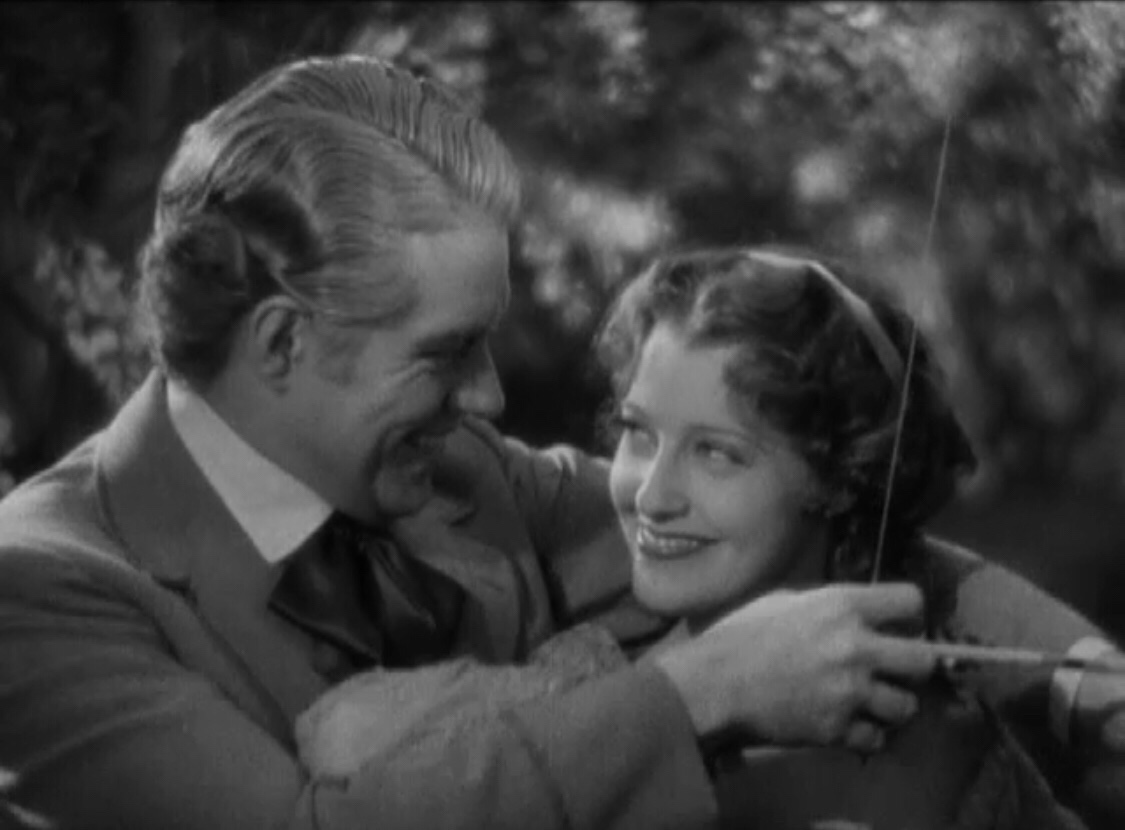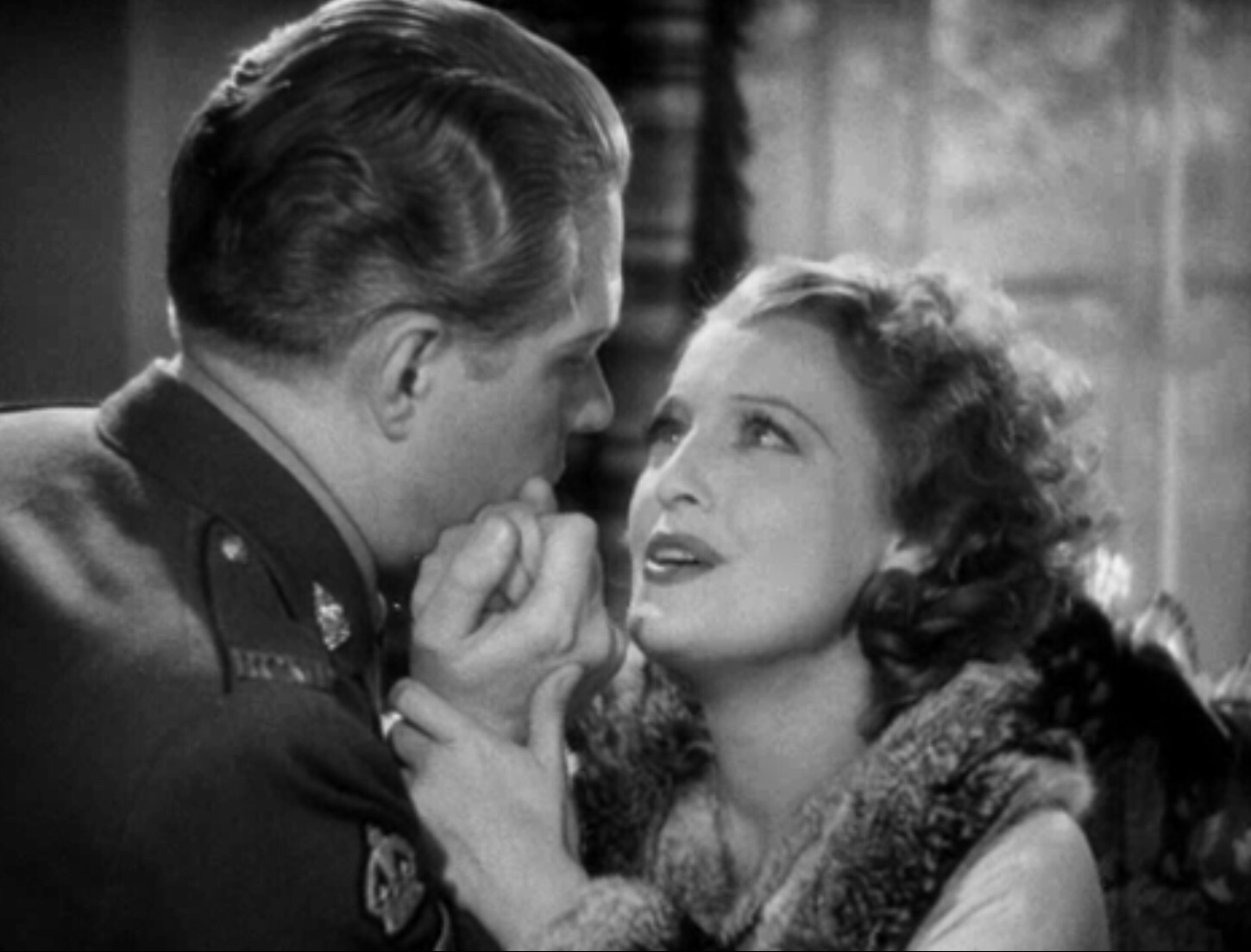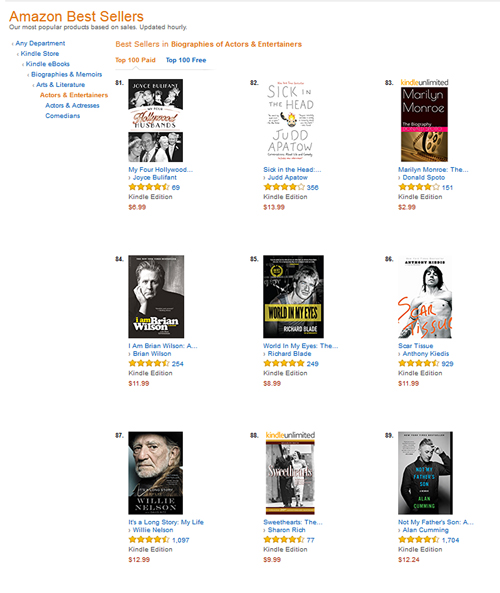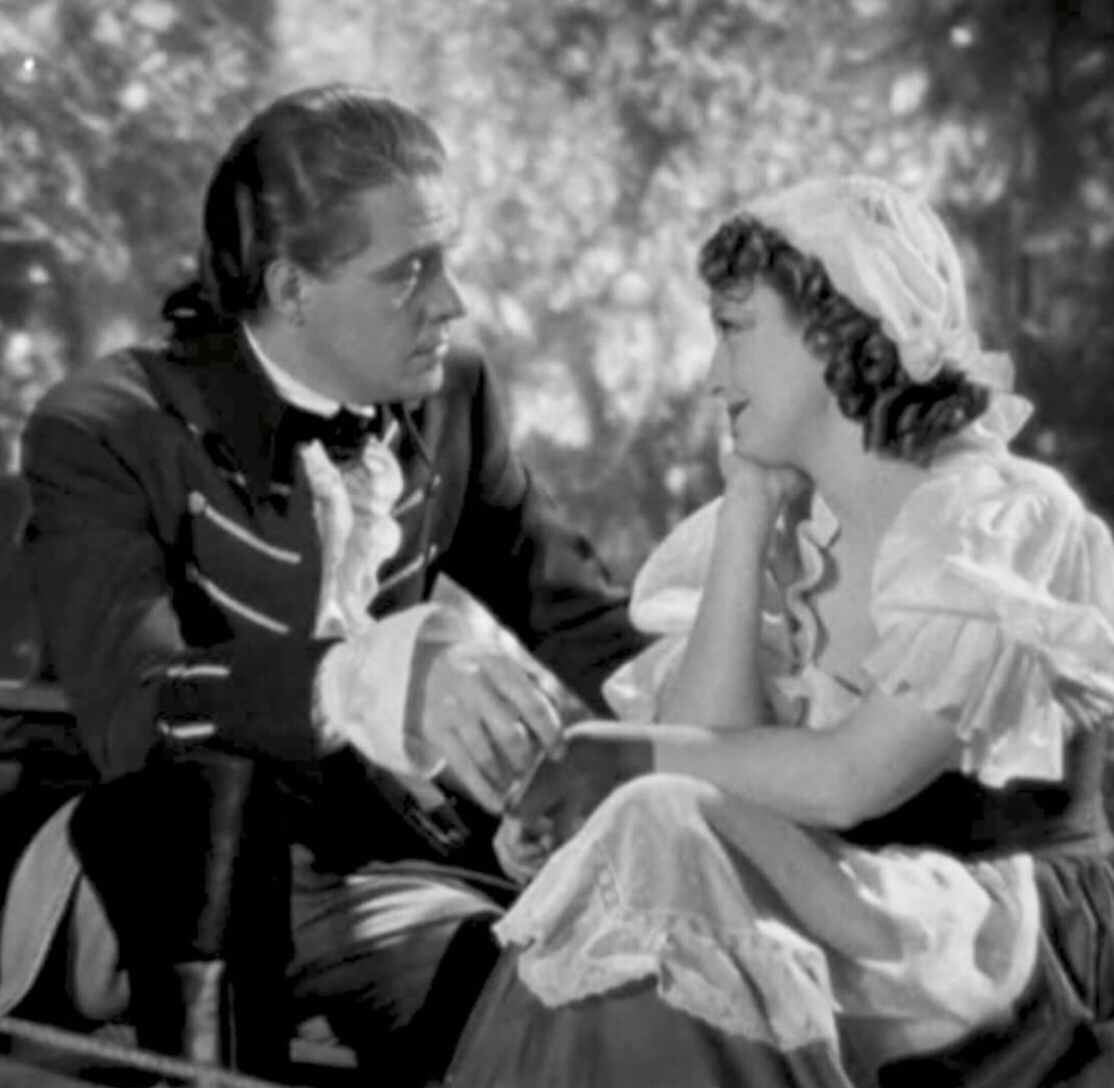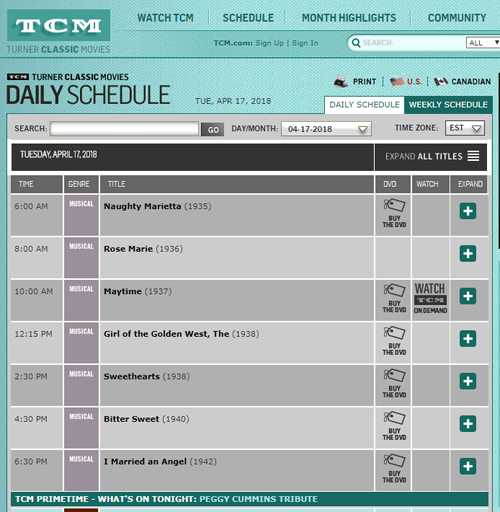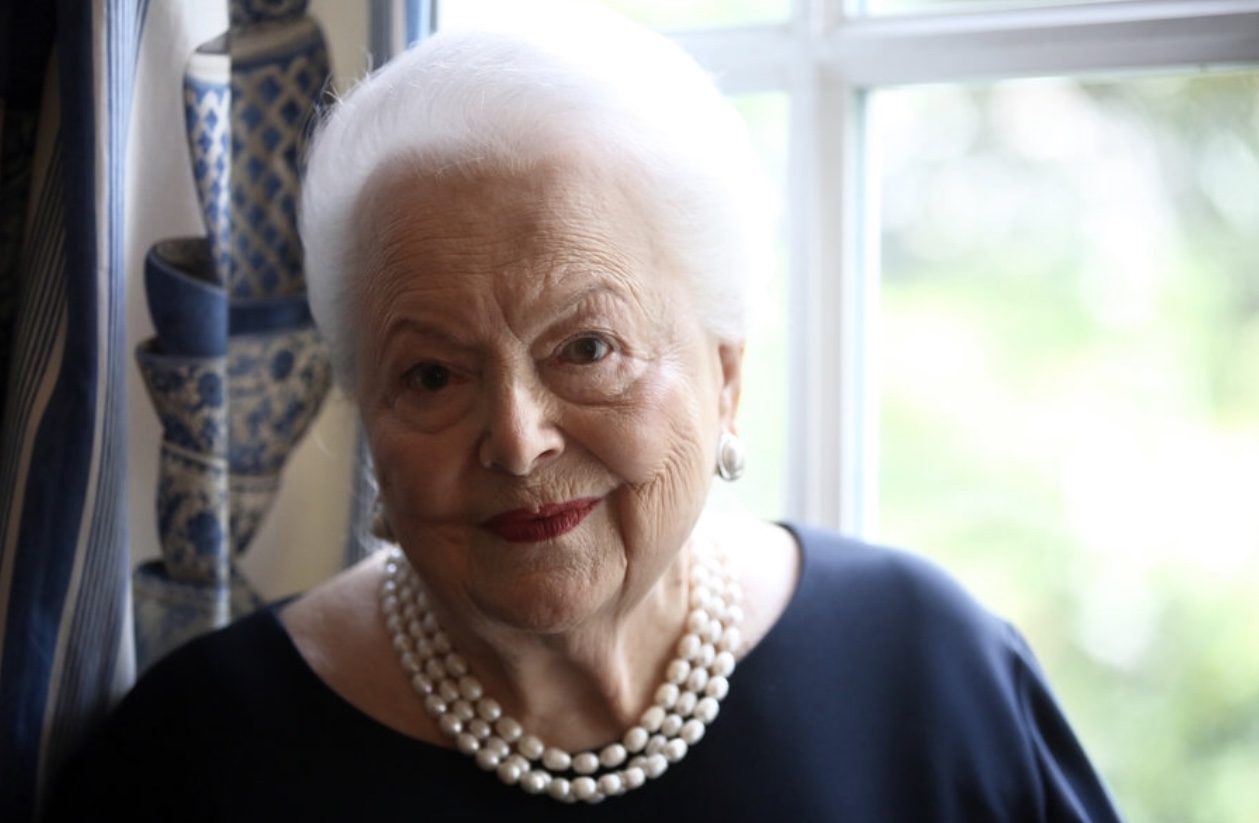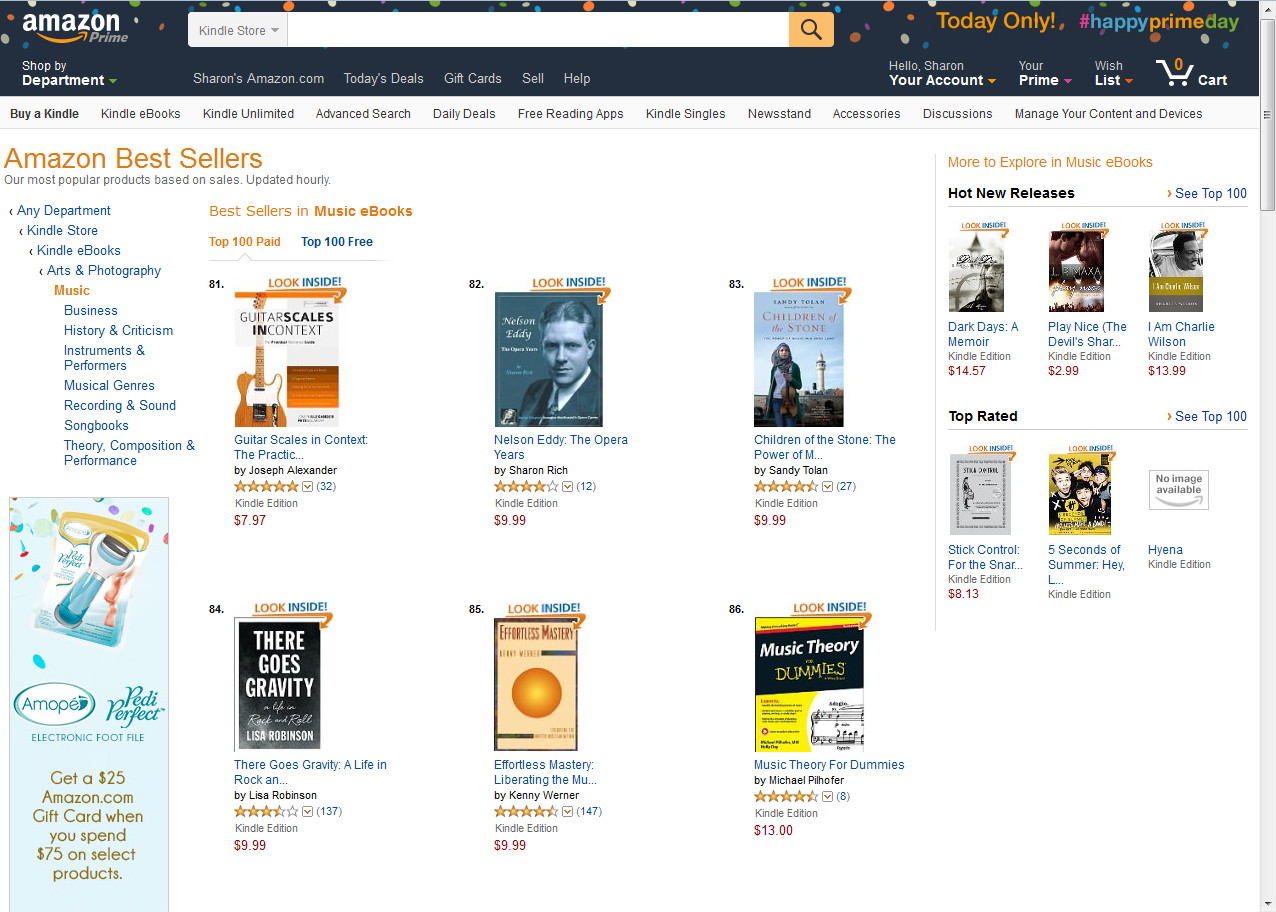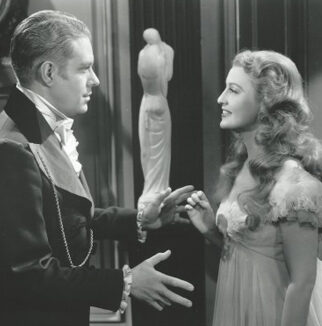Maytime was the third MacDonald/Eddy movie together. Originally, it was to be MGM’s first Technicolor film with Jeanette, Nelson, Paul
Sharon’s Blog
Rose-Marie was the second Jeanette MacDonald and Nelson Eddy film and it is probably still to this day their most
Wow! Didn’t expect that! The day after the TCM Jeanette MacDonald and Nelson Eddy film marathon, the Kindle edition of Sweethearts
Ah, Sweet Mystery of…instant stardom and romantic chemistry! Translation: Naughty Marietta was the sleeper hit of 1935 and beat out
Alert! Watch live or set your DVRs! Turner Classic Movies is airing all the Jeanette MacDonald and Nelson Eddy
For Jeanette MacDonald and Nelson Eddy fans: if you have an Amazon account set up with “Kindle Unlimited”, you can
This week marked a landmark ruling when a California appeals court threw out the lawsuit brought by beloved Hollywood icon
Hello, it’s been awhile since I’ve posted here…glad to be back! Normally I would be in LA now for a MacDonald/Eddy
I just love it when Nelson and/or Jeanette hit a Best Seller list – where everyone can see them and
Here it is at last – the long lost letter is now ours! After all these decades and all the
Cindy Adams’ column today. In a different post Cindy Williams established that this sculpture was called “The Kiss” and was
Sweethearts: The timeless love affair on screen and off between Jeanette MacDonald & Nelson Eddy by Sharon Rich © 1994,
